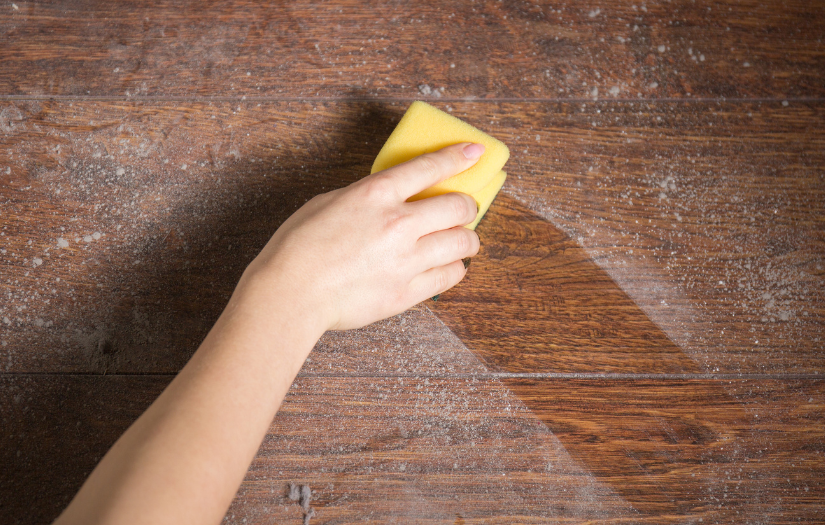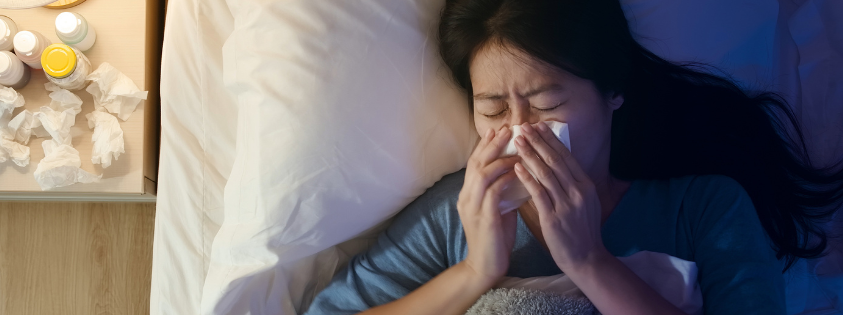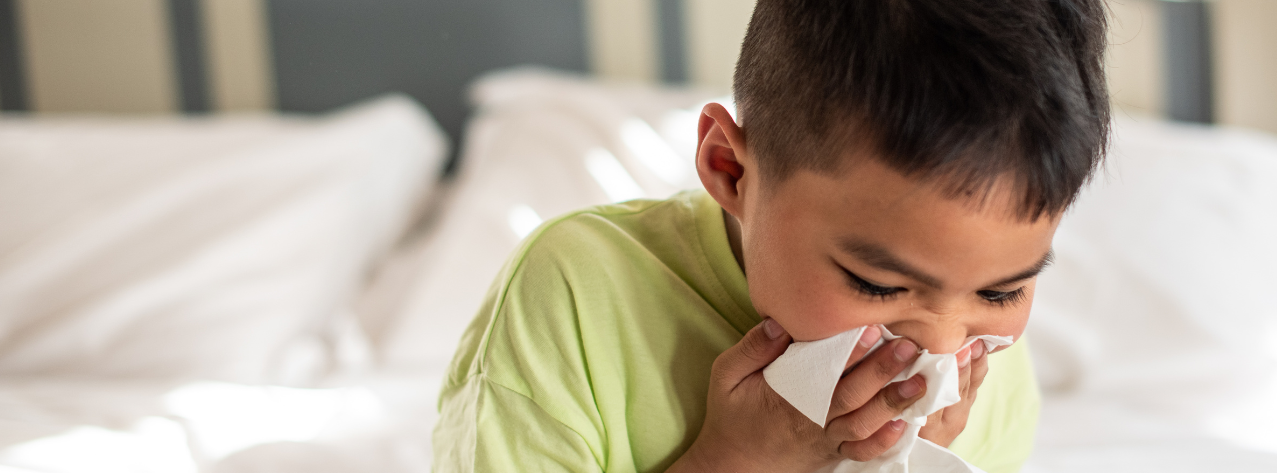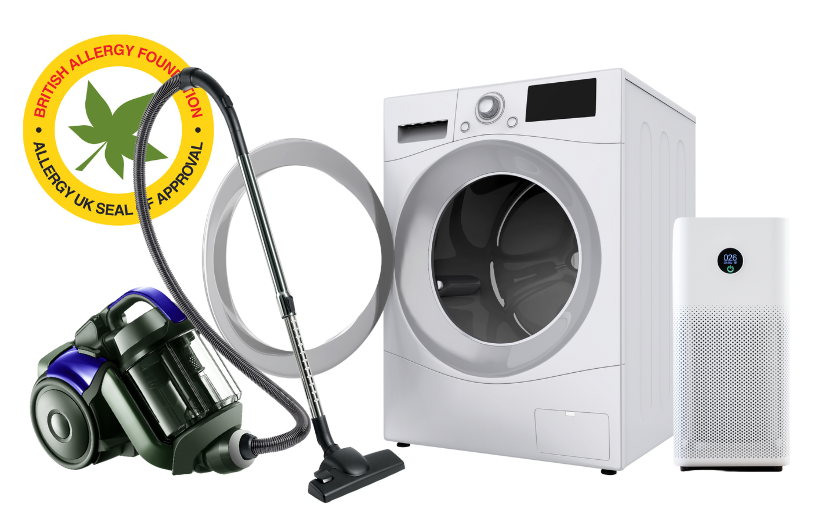
House Dust Mite Allergy Factsheet
Find out how best to manage your house dust mite allergy and what measures to take to minimise exposure.
 House Dust Mites | Allergy UK | National Charity
House Dust Mites | Allergy UK | National Charity
Understand your symptoms, take control of House Dust Mite Allergy.
House dust mites live in everyone’s homes, but they are so small you need a microscope to see them as they are invisible to the human eye.
A person can develop a house dut mite allergy when their immune systems become sensitised to their waste products (poo) and they develop symptoms such as itchy nose/eyes/throat, blocked nose, cough, tight chest (asthma).
Our ‘I Wish I Knew’ campaign is shining a light on the importance of recognising the symptoms of house dust mite allergy early and seeking support to control and manage your allergy.
A significant amount of exposure to house dust mite allergens occurs in bed, making avoidance extremely difficult. This often leads to worsening symptoms at night, disrupted sleep, and greater challenges managing daily symptoms. The result can be difficulty concentrating, increased stress, and a negative impact on mental health, turning the home from a place of sanctuary into one where there is no respite.
Many people suffer in silence with symptoms triggered by house dust mite allergy, not recognising the importance of seeking medical support or appropriate treatment at the right time, which can seriously impact their health. When allergic rhinitis goes unrecognised and untreated, it can extend to the lower airways, potentially triggering or worsening asthma. This escalation can lead to severe complications and even emergencies, such as an asthma attack.
Understanding the patterns and trigger points of this allergy allows you to prepare and act early before symptoms take hold. Symptoms tend to worsen during the autumn/winter months, and it is important that you are prepared and begin treatments at least two weeks before symptoms are triggered.

Understand your triggers and act early. Use our questionnaire to check if your symptoms could be linked to house dust mite allergy and receive a printable copy of your results to share with your GP. Track your symptoms over time to spot what makes them worse
The most common symptoms of a house dust mite allergy include:
Symptoms tend to be present year-round and often appear at night, or first thing in the morning.
There are many treatments available either over the counter or via your GP to manage the allergic rhinitis symptoms caused by house dust mite:
Desensitisation (immunotherapy) is also a treatment available for those severely affected; this treatment gradually trains the immune system to tolerate specific allergens. This requires initial GP assessment then referral to allergy/immunology specialist. You can also get this treatment from private allergy services.
Measures can also be taken to reduce house dust mite exposure. Although it is not possible to eliminate them entirely, a thorough and consistent cleaning routine can help manage symptoms. Take a look at our House Dust Mite Factsheet for tips and advice.
Accessing the right treatment at the right time is key to staying in control of your symptoms.
I have tried many different types of pills and sprays over the years, but none took the symptoms away for more than a very short time. To some extent, it’s always on my mind. I can have bad days and sometimes stay in but mostly I try to carry on as normal. – Rosy, living with house dust mite allergy.

These products may help make life more comfortable for people living with allergy. They have been reviewed or tested and approved by Allergy Research Ltd.

Please help us with a donation so that we can continue to support people with allergy who so desperately need us.
It only takes a minute, but the effects of your donation could last a lifetime.
Donate to Allergy UKIt is important to Allergy UK that we can engage with all people that are affected by allergic disease
Join our mailing list



